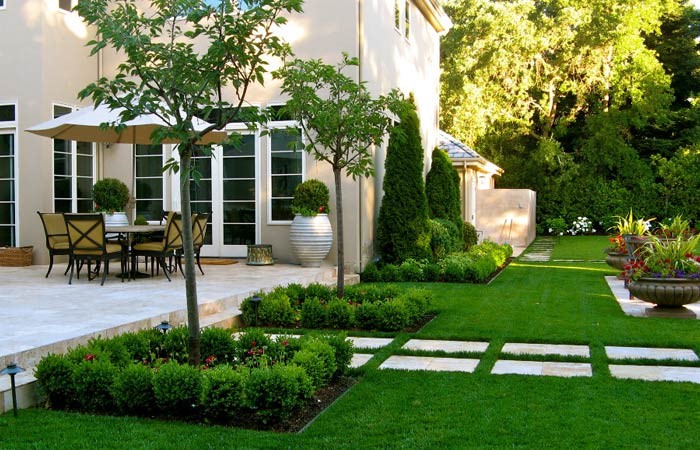Interior design is frequently reduced to simply decoration, but it is considerably more important than just selecting a few scatter cushions or a paint hue. It is a vital component of our daily life, influencing our state of mind, productivity, and overall well-being. Let’s look at why interior design is so important, and how it combines with engineering and architecture to produce environments that are not just attractive, but also useful and secure.
Improving Quality of Life.
One of the key purposes of interior design is to improve the quality of life for the residents. Well-designed interiors can improve your state of mind and mental wellness. Imagine arriving home from a hard day to a messy, dimly lit area. It is likely to cause you feel more stressed and exhausted. In contrast, a well-organized, artistically pleasant atmosphere can help you unwind and revitalize.

For example, adopting calming colors, maximizing natural light, and arranging furniture for both comfort and aesthetics can all contribute to a more attractive and relaxing living environment. Small modifications, like as adding plants or ensuring proper airflow, can have a big impact on how you feel at home.
Enhancing Efficiency
Interior design is more than simply aesthetics, it is also about functionality. A gorgeously decorated room that does not work properly is considered a failure. Good interior design ensures that places are easy to navigate and serve their intended functions effectively. This is where the relationship with architectural engineering becomes critical.

Architectural engineers collaborate with interior designers to guarantee that an area’s design meets structural and safety regulations while being practical and aesthetically acceptable. For example, when building a kitchen, an interior designer may concentrate on layout and materials, whereas an architectural engineer ensures that plumbing, electrical systems, and load-bearing structures are appropriately incorporated.
Expressing Individual Style and Personality.
Your house or workspace should represent who you are. Interior design gives you the opportunity to express your individuality and style via your environment. This personal touch individualizes a room and can have a big impact on your sense of belonging and comfort.
Whether you want a minimalist, modern style or a comfortable, eclectic vibe, a good interior designer can help you realize your idea. They take into account your lifestyle, interests, and needs in order to design a space that is uniquely you.
Encouraging Sustainability.

Design that is environmentally friendly is becoming more significant in today’s world. Interior design plays an important part in promoting sustainability by encouraging the use of environmentally friendly materials, energy-efficient lighting, and sustainable furniture. This not only helps minimize the the impact on the environment, but it can also result in happier living environments.
Architectural engineers help to ensure that buildings are planned with energy efficiency in mind. This includes good insulation, efficient air conditioning and heating systems, and the utilization of energy from natural sources whenever possible. Interior designers and architectural engineers can collaborate to create visually appealing and environmentally responsible spaces.
Managing Safety and Compliance
Safety is a top priority in interior design, and collaboration with architectural engineering is essential. Interior designers must consider construction laws and regulations to guarantee that their designs are safe and legal. This encompasses factors such as fire safety, accessibility, and structural integrity.
Architectural engineers possess the technical knowledge required to ensure that these safety criteria are met. For example, they may perform structural evaluations to guarantee that a new upper level can carry the necessary load or that the location of specific materials does not represent a fire risk. This collaboration guarantees that the final design is not only visually beautiful, but also safe and in accordance with all applicable requirements.
Maximizing Space Efficiency.

In many urban areas, space is limited. Effective interior design may make a tiny space appear larger and more functional than it is. This entails making effective use of storage solutions, versatile furniture, and intelligent layouts that utilize every square foot.
Architectural engineers contribute by understanding the environment’s structural capabilities and constraints. They can advise changes that improve usability while maintaining structural integrity. For example, you could knock down a non-load-bearing wall to create an open-plan living space or incorporate built-in storage facilities that fit in with the design.
Increasing the value of property

Good interior design can considerably boost a property’s value. A well-designed property appeals to potential purchasers and can fetch a higher market value. This is especially significant in the competitive real estate market, where initial impressions are critical.
Interior designers strive to showcase an asset’s best qualities while also creating a coherent style that appeals to a wide audience. Architectural designers verify that any renovations or additions increase the structural value of the property. They work together to create environments that are not only stunning and practical, but also cost-effective.
My View
Interior design entails much more than simply making a space seem attractive. It improves the quality of life, improves performance, expresses individual taste, encourages sustainability, ensures safety, optimizes space effectiveness, and raises property value. The cooperation of interior designers and architectural engineers is critical to attaining these objectives. They mix aesthetics and technical skills to design environments that are not only pleasing and useful, but also safe and environmentally friendly. So, the next time you walk into a well-designed room and feel relaxed and satisfied, remember that it is the result of meticulous planning, imagination, and technical understanding working in tandem.



